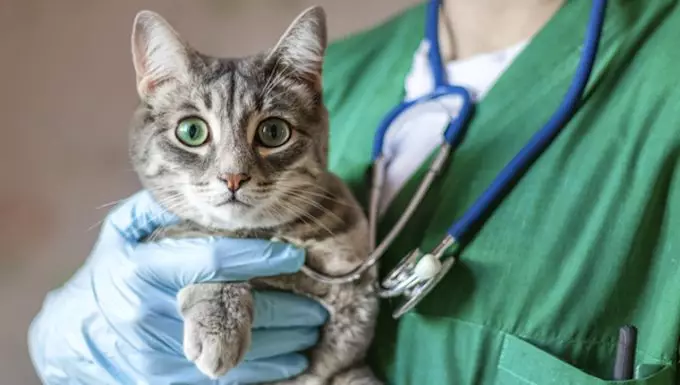The health of our furry companions is a paramount concern for cat owners, especially when they exhibit distressing symptoms such as seizures. One condition that can be particularly alarming is idiopathic epilepsy, a neurological disorder that can lead to recurrent seizures. This article aims to illuminate the intricacies of idiopathic epilepsy in cats—what it is, its symptoms, diagnostic procedures, and treatment options.
Defining Idiopathic Epilepsy
Idiopathic epilepsy is characterized by unpredictable seizures that occur without a clear, identifiable cause. The term “idiopathic” indicates that the origins of the seizures are unknown, although some veterinarians theorize that genetic factors may contribute to the condition. This genetic component could mean that certain breeds are predisposed to epilepsy, but further research is needed to solidify these claims.
While the exact trigger of idiopathic epilepsy remains elusive, it stands apart from other seizure disorders caused by identifiable stimuli, such as infections or traumatic brain injuries. Understanding this distinction is vital as it shapes treatment options and prognoses.
Recognizing the signs of seizures in cats is crucial for timely intervention. Seizures typically manifest in three distinct phases: aura, ictus, and postictal.
1. **Aura Phase:** This initial stage is often subtle but can cause restlessness, shaking, or a desire to hide. Cats may display unusual behavior or seem agitated, which can alert an owner that something is wrong.
2. **Ictus Phase:** This is the actual seizure phase. Symptoms can include uncontrolled jerking movements, excessive salivation, collapsing, or even loss of bladder control. These moments are alarming for both the cat and its owner. It’s critical to remain calm and assist the cat, as they cannot control what is happening.
3. **Postictal Phase:** Following a seizure, cats may experience confusion, aimless pacing, or disorientation. This phase can vary in duration, and how well your cat recovers can depend on various factors, including the length and severity of the seizure.
Understanding these phases can help pet owners remain composed during such episodes and better communicate concerns to their veterinarian.
Seeking veterinary care is paramount when a cat is suspected of having idiopathic epilepsy. The diagnostic journey typically involves a comprehensive evaluation. Initially, the veterinarian will discuss the cat’s symptoms and medical history in detail. A physical examination will then follow, which may include blood and urine tests to assess for underlying conditions.
Advanced imaging techniques like MRI or CT scans may be utilized to rule out structural brain issues or tumors. Since idiopathic epilepsy is a diagnosis of exclusion, these tests are vital. Confirming that other causes of seizures are not present is crucial for establishing idiopathic epilepsy as the primary concern.
While there is no cure for idiopathic epilepsy, the focus of treatment is on managing and mitigating seizures. Anticonvulsant medications are commonly prescribed to reduce the frequency and intensity of seizures. Your veterinarian will tailor medication and dosage based on your cat’s specific needs, and adjustments may be required over time.
Consistency in medication is essential. Pet owners should adhere strictly to the prescribed dosage and frequency, making sure to complete the course. Regular check-ups are also necessary to monitor your cat’s response to treatment and adjust dosages if required.
Additionally, creating a safe environment for your cat can minimize the risk of injury during a seizure. Keeping their space free of hazards and being aware of their behavior can make a significant difference in their quality of life.
Caring for a cat with idiopathic epilepsy can be challenging. However, understanding the nature of the disorder, recognizing symptoms, and collaborating closely with veterinary professionals can lead to effective management. Owners should remain vigilant and proactive when it comes to their cat’s health, as early intervention and consistent care can significantly improve wellbeing.
If you have ever encountered a cat suffering from this condition, sharing your experiences may not only offer comfort but also valuable insights to fellow cat owners facing similar challenges.
